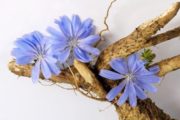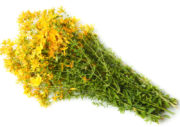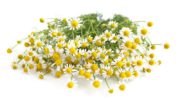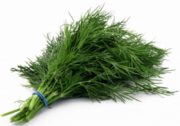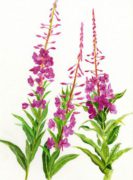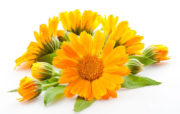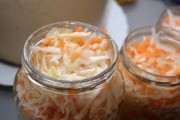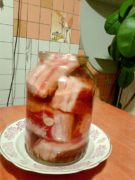Dried herbs and fennel seeds - drying at home
Fennel belongs to the umbelliferous family, and in appearance has a great resemblance to dill. But this is only at first glance. Fennel grows up to two meters in height, has a very branched aerial part, and a bulbous root. Fennel also has a different aroma from dill. Instead of the expected dill smell, you will notice a strong, sweet anise aroma.
All parts of the plant are eaten, from the tuber to the seeds, but since fennel is a perennial plant, they try to save the root, being content with greens and seeds.

Drying fennel greens
To dry the greens, the feathery leaves are torn off, cleared of the hard parts of the stem, leaving only the thinnest ones.
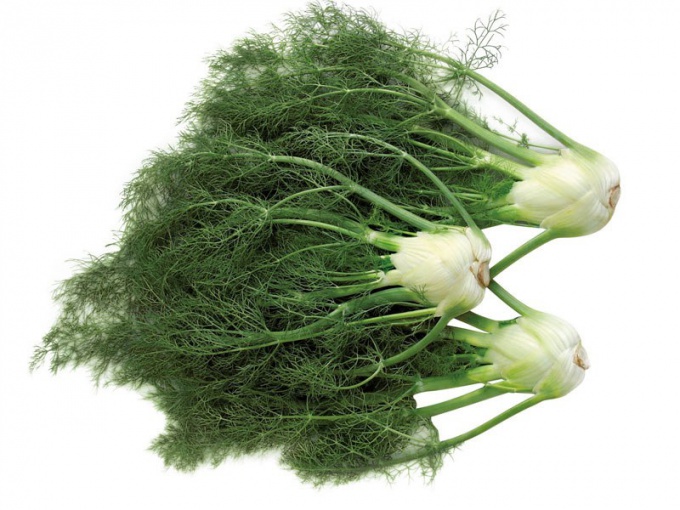
To avoid losing the essential oils of fennel, cutting it before drying is not recommended. Fennel is laid out to dry in the shade on paper or fabric. The absence of direct sunlight and natural drying allows you to preserve the bright green color and aroma of dried fennel.
How to dry fennel greens for the winter, watch the video:
Drying fennel seeds
The similarity between the flowering and fruiting of fennel and dill allows even a beginner to determine the time to collect fennel seeds. After all, umbrellas throw out seeds in exactly the same way and the method of collecting them is also identical.
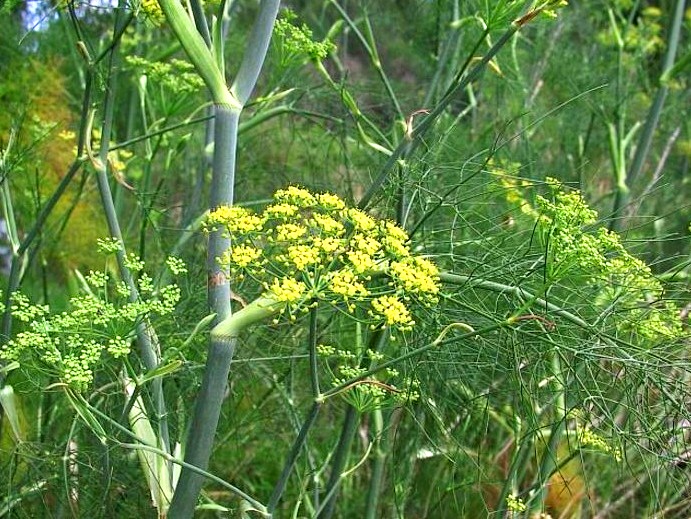
As soon as the seeds reach maturity, cut off this part of the branch, along with the umbrella, and place it in a dry, warm place for final drying.Fennel seeds do not ripen evenly, so the process of collecting seeds may take a little longer, but drying is a process that should not be rushed.

When a sufficient number of umbrellas have been collected and they are all dry enough, rub the umbrellas lightly between your palms over a newspaper to clear the seeds from the stem.

Blow off the husks, and now you can pour the fennel seeds into a jar for storage.


